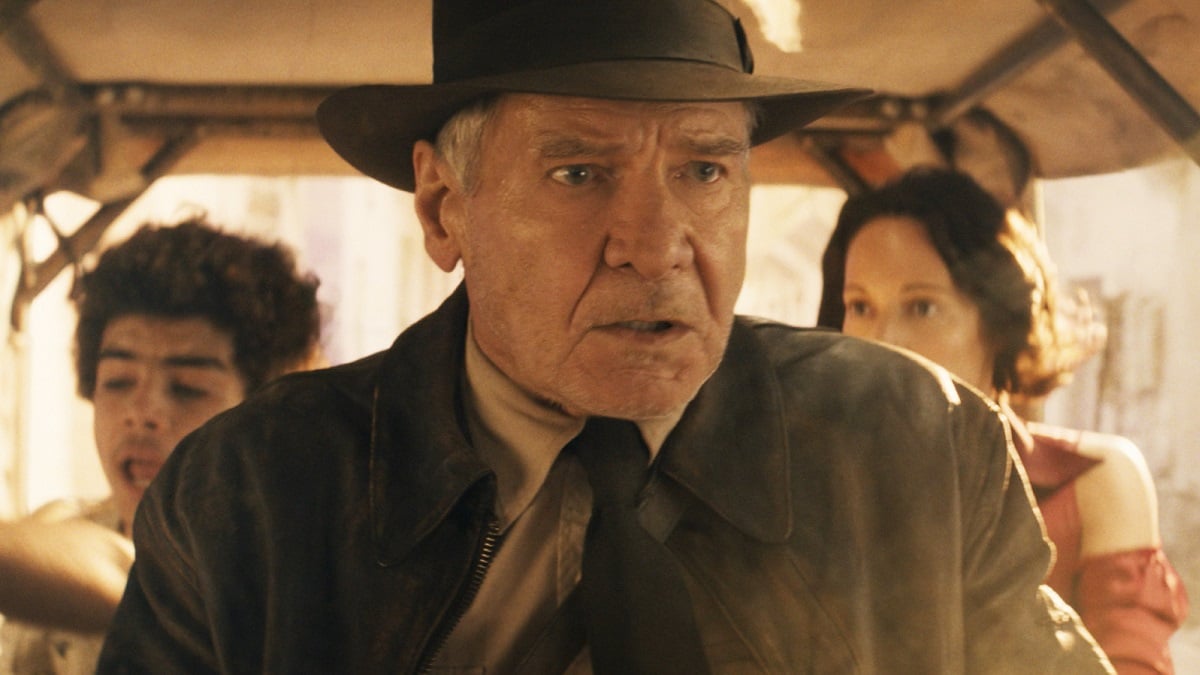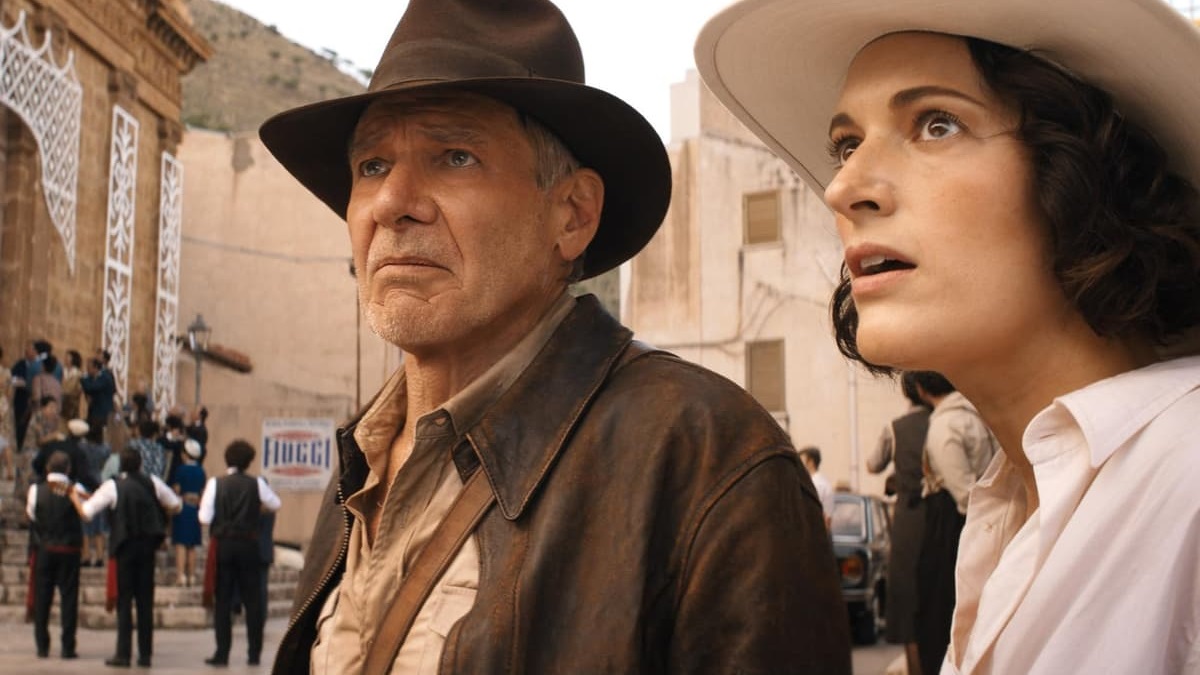Indiana Jones and the Dial of Destiny cost a lot. We won’t beat around the bush here, it’s the most expensive film in the franchise and one of the most expensive films of all-time, which is saying a lot given the amount of money that’s been shelled out for blockbusters over the last half decade. George Lucas and Steven Spielberg had to scratch and claw their way to a $20 million budget for Raiders of the Lost Ark (1981), and now, the saga is seemingly plagued by every conceivable issue besides lack of money.
Temple of Doom (1984) cost $28 million, The Last Crusade (1989) cost $48 million, and Kingdom of the Crystal Skull (2008) cost $185 million. Pretty drastic increases, but ones that the studio was happy to approve since the box office returns were always higher. The operative word being “were.” The fifth installment has broken the winning streak at the worst possible time.
Indiana Jones and the Dial of Destiny has an estimated budget of $295 million. If that’s not enough of an eye-watering sum on its own, ScreenRant claims that Disney and Lucasfilm spent additional tens of millions on marketing. These numbers made it so that every small victory the film received was dwarfed by the massive amount of tickets it had to make in order to break even.
Dial of Destiny took in $60.4 million over a three-day weekend, which was the second-best total of the entire franchise (not adjusted for inflation). It grossed $83.9 million over the Independence Day holiday, and managed to finish first at the box office. None of it mattered. It needed to do record-breaking numbers or it was going to be deemed a bomb. To no one’s surprise, then, the film has been deemed a bomb.
What was the budget for Indiana Jones 5?

Indiana Jones and the Dial of Destiny recently crossed $300 million at the worldwide box office, which means it finally got over the hump of its listed production budget, but it still has a long way to go before it breaks even. Collider reported that the film would need to gross $600 million to avoid losses, and a whopping $800 million to turn a slight profit. For comparison, the highest-grossing Indy film to date is Kingdom of the Crystal Skull, which took in $778 million.
Why the massive budget? James Mangold addressed the elephant in the room during an interview with IndieWire, and the director said that he needed all the resources possible to meet the high bar set by Lucas and Spielberg (the franchise’s original producer and director, respectively). “They met my terms,” Mangold explained. “I had to screw my head on to the idea that I was essentially a pinch hitter for Babe Ruth. I had to understand my job was to move the batters, the men on base, and to play the game as well as I could, but not to try to rethink the whole thing. I didn’t feel like I had to play out some sort of rejection of his aesthetic. I’m a profound admirer.”
Mangold is an excellent director in his own right, with such acclaimed films as Walk the Line (2005), Logan (2017) and Ford v. Ferrari (2019) under his belt. Indiana Jones and the Dial of Destiny is not the triumph he or Disney were hoping for, however, and with a budget of nearly $300 million, it’s hard to overlook the damage.

